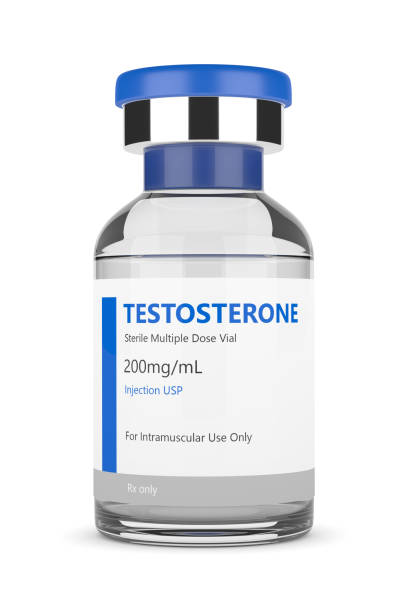
In the fast-paced world of modern work environments, the concept of active breaks is gaining traction as businesses recognize the profound benefits of integrating physical activity into the workday. These Active breaks(Bewegte Pause) not only promote physical health but also contribute to improved mental well-being and overall productivity among employees.
Promoting Physical Health
Active breaks encourage employees to incorporate short bursts of physical activity into their daily routines. Whether it’s a brisk walk, stretching exercises, or quick yoga sessions, these activities help combat the sedentary nature of desk jobs. By encouraging movement, businesses support employees in maintaining optimal physical health, reducing the risks associated with prolonged sitting such as obesity, cardiovascular disease, and musculoskeletal issues.
Boosting Mental Well-being
Beyond physical benefits, active breaks have a profound impact on mental well-being. Physical activity stimulates the release of endorphins, often referred to as “feel-good” hormones, which can alleviate stress and boost mood. Taking a break to engage in physical activity helps employees clear their minds, reduce mental fatigue, and return to work feeling refreshed and focused. This mental rejuvenation translates into improved concentration, creativity, and problem-solving abilities, ultimately enhancing productivity.
Fostering a Positive Work Culture
Active breaks also play a crucial role in fostering a positive work culture. By prioritizing employee well-being and encouraging healthy habits, businesses demonstrate their commitment to creating a supportive and inclusive workplace environment. Employees who feel valued and cared for are more likely to be engaged, motivated, and loyal to their organization.
Improving Work Performance
Research indicates that incorporating regular active breaks throughout the workday can significantly improve overall work performance. Employees who engage in physical activity experience enhanced cognitive function, including better memory retention and faster information processing. These cognitive benefits translate into increased productivity and efficiency, as well as higher quality work output.
Supporting Work-Life Balance
Work-life balance is essential for employee satisfaction and retention. Active breaks provide employees with opportunities to strike a balance between their professional responsibilities and personal well-being. By encouraging regular physical activity during breaks, businesses empower employees to manage stress effectively and maintain a healthy lifestyle outside of work hours.
Implementing Active Breaks
Implementing active breaks in the workplace can be done in various ways to suit the organization’s culture and resources. Employers can designate specific break times for physical activity, provide on-site fitness facilities or access to nearby recreational areas, or encourage employees to participate in wellness challenges or group exercise classes. Flexibility and creativity in designing active break initiatives ensure that they resonate with employees and become an integral part of the company’s wellness strategy.
Conclusion
In conclusion, active breaks are a powerful tool for enhancing workplace wellness, promoting physical and mental health, fostering a positive work culture, improving work performance, and supporting work-life balance. By prioritizing employee well-being through regular physical activity breaks, businesses not only invest in the health and happiness of their workforce but also cultivate a more productive and resilient organization. Embracing active breaks as a fundamental aspect of workplace culture reflects a commitment to creating environments where employees thrive both professionally and personally.


